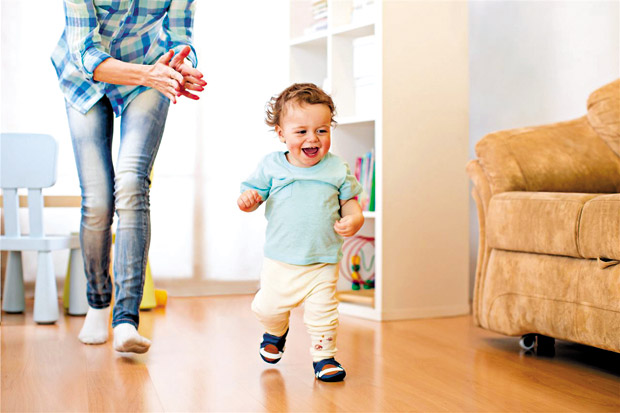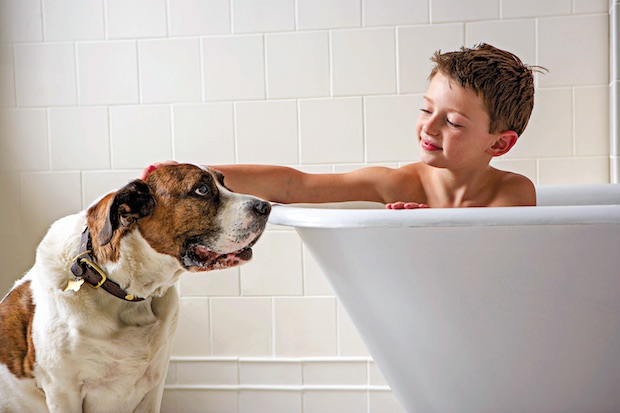
In the U.S., about 2,000 children 14 and younger succumb to preventable injuries in the home caused by burns, suffocation, drowning, firearms, falls, choking or poisoning.
That’s why it’s important to stay vigilant when checking for potential safety hazards in and around our places of residence.
Take the time to evaluate whether your home is as protected as it can possibly be from preventable accidents. Consider using the following checklist as you take a close look at potential safety hazards in your home.
What areas could make your child trip or fall? Staircases and other drop-offs should be closed off to small children through well-designed safety gates. Handrails, flooring and floor coverings should be firmly affixed, and indoor and outdoor stairs and walkways should all be well-lit and free of clutter. Non-slip flooring and support bars should also be added to showers.
Could your window coverings be a safety hazard? Corded window coverings can pose a threat to safety, since young children can easily become entangled in the pull cords and inner cords. Your best alternative? For homes with young children, only use cordless window covering products, or those with inaccessible cords. Look for the Best for Kids label that shows they’ve been third-party tested for optimal safety around young children. The improved coverings are now available in a range of colors and styles designed to enhance any room in your home. Move cribs, beds, toys and furniture away from windows where children may be tempted to play with coverings, advises the Window Covering Safety Council.

Is poisoning a possibility? Keep prescription and over-the-counter medicines, as well as potentially harmful household products, out of the reach of children through
cabinet locks and other preventative measures. Be cognizant of advisable limits on pain relief medications, and stay aware of which medicines (and for adults, alcoholic drinks) should never be mixed.
Are you protected against fires and carbon monoxide? Ensure working smoke alarms and carbon monoxide detectors are placed at recommended intervals throughout your home, then check their batteries on a regular schedule. And families should conduct fire drills twice annually to ensure everyone knows what to do in the event of an emergency.
Are you aware of drowning hazards? It seems hard to believe, but young children are capable of drowning in just an inch or two of water. That means any form of standing water, including bathtubs, pools, water features and fountains, can be a threat. Pools should be protected with fences of at least 4 feet in height that include self-closing, self-latching gates. As a rule of thumb, children should remain within your grabbing distance if they’re in a bath or otherwise around standing water.
Being aware of potential safety hazards in the home, both obvious and hidden, is important to protecting your family from harm. Address any in-home elements that could possibly pose a threat.
This article is courtesy of Brandpoint.